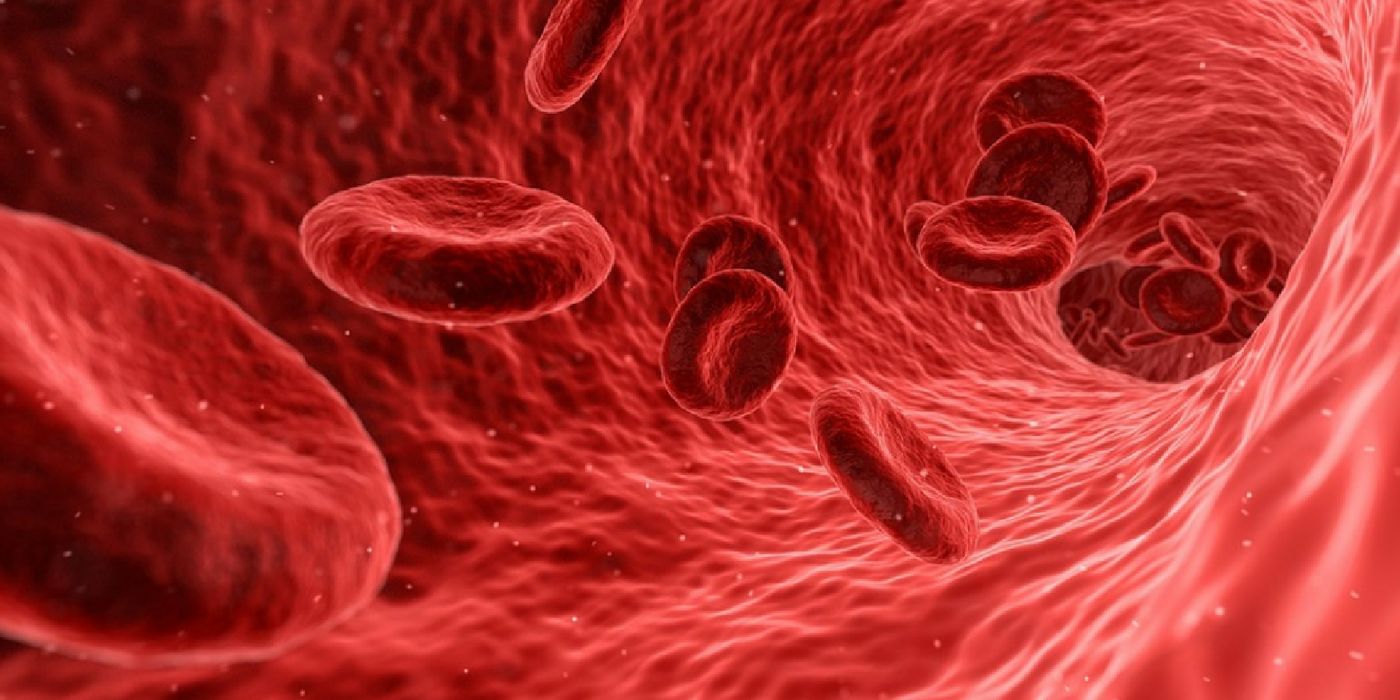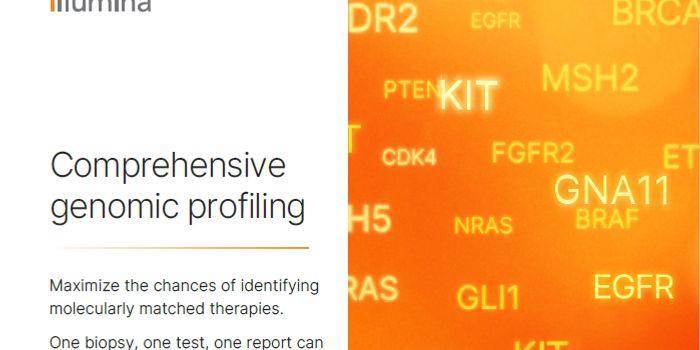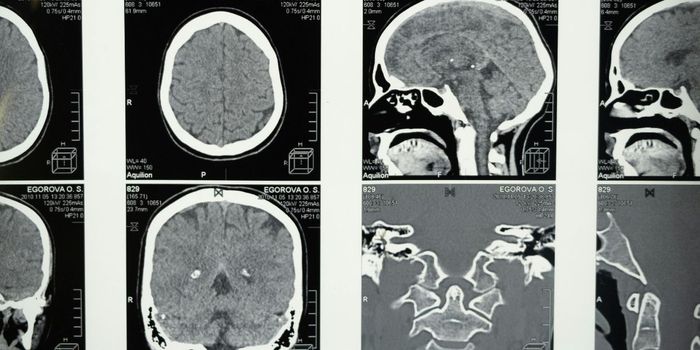Knowledge Gap in Lung Cancer Screening Procedure
Lung cancer kills more Americans than any other type of cancer. To add more cause for alarm, a recent study found that doctors are divided on how best to screen and diagnose lung cancer. Worse yet, a large percentage shows poor or outdated knowledge on the best recommended practice for detecting these cancer incidences.
In 2016, over 224,000 people will be diagnosed with lung cancer. The disease does not discriminate between males and females, striking both sexes with equal voracity. About 70 percent of those diagnosed with lung cancer will succumb to the disease. This high mortality is contributed, in large, because the cancer is often detected at an advanced stage when treatment is not as effective. Thus, early and accurate detection of the cancer is crucial in improving survival rates.
The Centers for Disease Control and Prevention (CDC) cites an exclusive recommended method for screening lung cancer: low-dose computed tomography (LDCT). This test uses low doses of radiation and an X-ray machine to paint detailed images of the patient’s lungs, which allow physicians to determine the presence or absence of cancer.
The risks from radiation are minimal, and clinical trials have demonstrated superior health benefits from this type of screening. However, this method is still disputed amongst doctor groups, including the American Academy of Family Physicians, who don’t seem to agree with the evidence for LDCT.
Do doctors know about LDCT, and if so, would they recommend it for smoker patients who are at high risk for lung cancer? Researchers at the University of South Carolina, led by Jan Eberth, sought to measure precisely this.
The researchers distributed questionnaires that included 32 items that detailed LDCT practices, attitudes, and preference. The 101 doctors who participated in the questionnaires were members of the South Carolina Academy of Family Physicians.
The results of this study were astonishing. Less than half (41 percent) of doctors felt LDCT screening reduced lung cancer-related deaths. This is in stark contradiction as nearly all of them (98 percent) believed LDCT has the power to detect lung cancer at earlier stages. A large percentage (88 percent) were concerned about the risks associated with LDCT, though these benefits of the test have been demonstrated to outweigh the risks.
When given a textbook scenario of a 60-year-old patient with a 30 year smoking history – a prime candidate for LDCT – 12 percent of doctors reported that they would not recommend LDCT and opt for chest x-ray instead. For this case, though the majority of the doctors would agree to LDCT, it’s alarming that such a high fraction of them would opt against evidence-based medicine.
"Education is needed to bridge these knowledge gaps and lay a foundation on which physicians can base their treatment recommendations," said Eberth. "With the Centers for Medicare and Medicaid Services now offering reimbursement to primary care providers to engage in shared decision making with their patients about lung cancer screening, it is vital that providers have an accurate understanding of the eligibility criteria for screening and potential risks and benefits. Decision aids may be a useful tool to facilitate these treatment discussions."
Additional source: Science Daily









